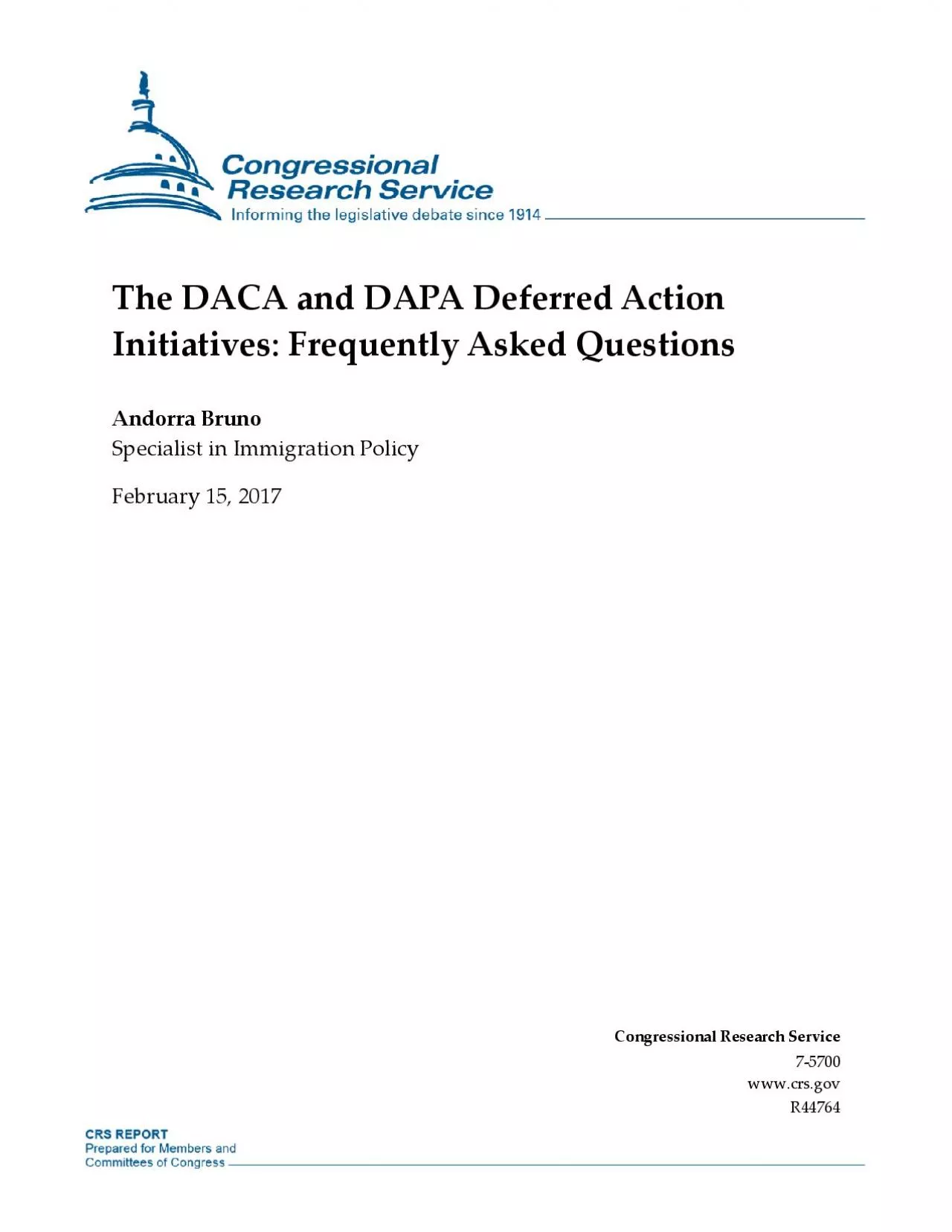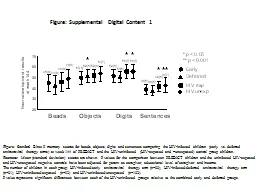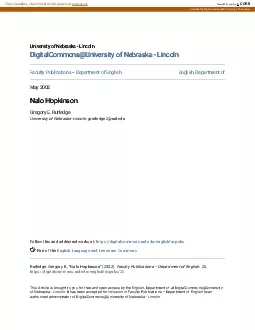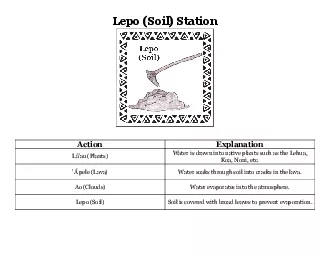PDF-3he D C and D Deferred ction
Author : piper | Published Date : 2021-06-05
nitiative s requently sked 0uestions ndorra Bruno 2pecialist in mmigration olicy ebruary 15 2017 Congressional Research Service 7 5700 wwwcrsgov R44764 The DACA
Presentation Embed Code
Download Presentation
Download Presentation The PPT/PDF document "3he D C and D Deferred ction" is the property of its rightful owner. Permission is granted to download and print the materials on this website for personal, non-commercial use only, and to display it on your personal computer provided you do not modify the materials and that you retain all copyright notices contained in the materials. By downloading content from our website, you accept the terms of this agreement.
3he D C and D Deferred ction: Transcript
Download Rules Of Document
"3he D C and D Deferred ction"The content belongs to its owner. You may download and print it for personal use, without modification, and keep all copyright notices. By downloading, you agree to these terms.
Related Documents














